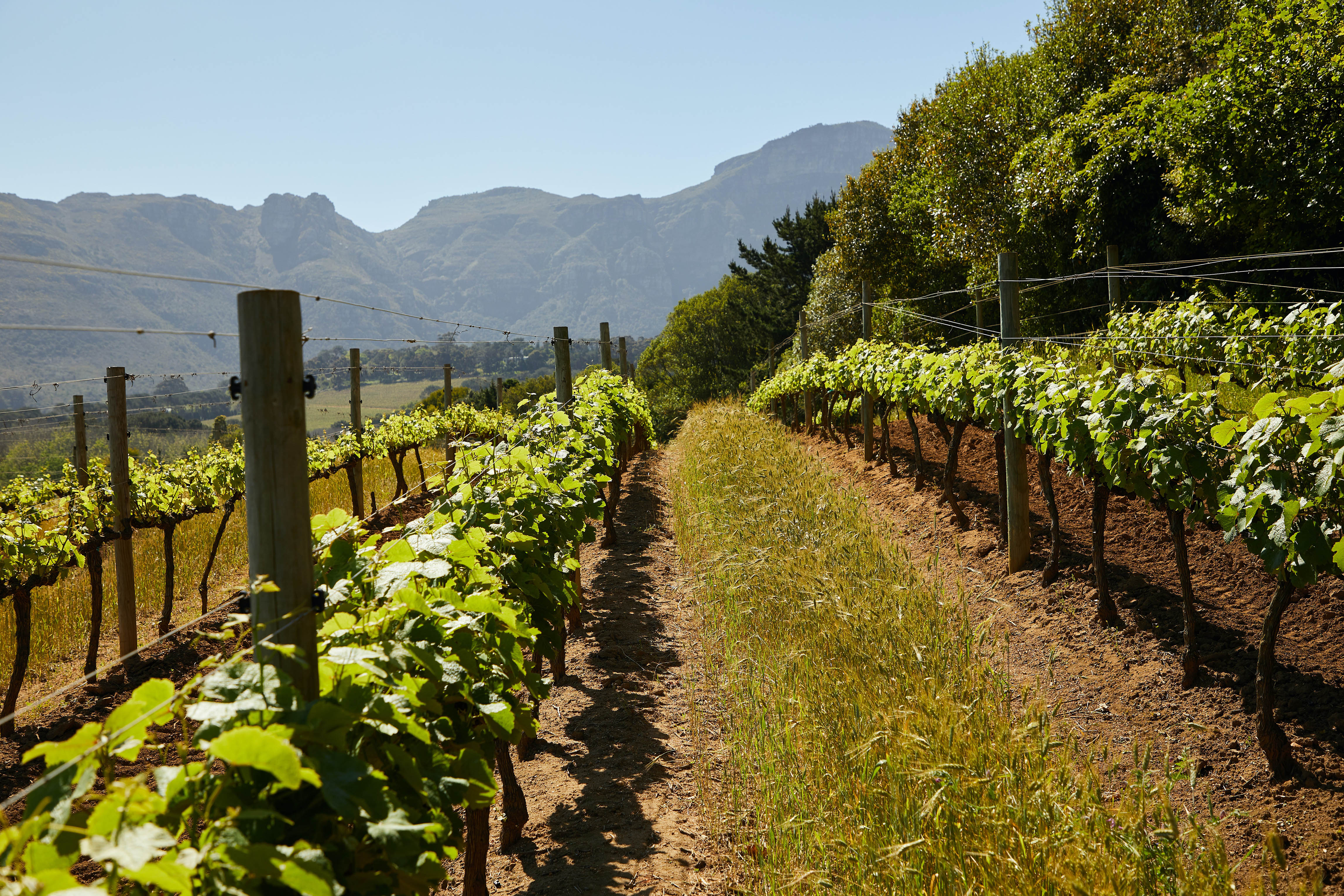
Terroir: From Soil to Grape
Terroir encompasses everything that influences the growth of the vine and the ripening of the grapes. This includes the climate, soil, and topography, such as elevation and sun exposure. The word terroir is derived from the French word "Terre," meaning earth. In this blog, you will learn how climate, soil, and the vine ultimately determine the taste of the wine.
Influence on the Taste of Wine
Terroir determines how the grape grows and what aromas the wine can develop. Terroir is unique everywhere, and only a limited number of vines can be established in a certain place. Each grape yields different wines depending on its terroir. For example, wines from the hilly regions of Burgundy tend to carry a higher price tag. These vineyards are located in a unique spot where the Pinot Noir and Chardonnay grapes thrive. Unfortunately, only a limited number of grapes can grow in a specific terroir. The limited supply of Burgundy wine, combined with high demand, leads to elevated prices. No matter how good the terroir is, ultimately, it’s the winemaker who crafts the art and determines the quality of the wine.

Climate’s Influence on Taste and Structure
When grape juice (must) is turned into wine, the sugars in the grapes are converted by yeasts and bacteria in a process known as fermentation. During this process, three byproducts are formed: carbon dioxide, sulfites, and alcohol.
The lower the sugar content in a grape, the less alcohol will be produced in the wine. Alcohol determines the body of the wine, also known as its structure. Wines from cooler climates, such as Germany and Austria, tend to have relatively less alcohol, making them juicier.
The climate also influences the taste of the grape and the wine. White wines from cooler climates exhibit aromas of fruit with acidity, such as green apple and citrus. The vines receive less sun, resulting in grapes that develop fewer sugars and contain more acidity. In contrast, aromas of white wines from warmer climates lean more towards tropical fruit. The vines receive more sunlight, leading to grapes with higher sugar content.

Soil
The soil provides the vine with moisture and nutrients, making it the foundation for the vine. Additionally, the soil has a significant impact on the taste of the wine.
The ideal soil is one that does not contain too many nutrients; otherwise, it may hinder the quality and ripening of the grapes. The vine must work harder in poor soil to access nutrients, encouraging deeper root growth. Ultimately, this positively impacts the vine's strength, making it more resilient to adverse weather conditions.
The juice of the grapes originates deep within the roots. It travels from the roots to the vine and then to the grapes. The deeper the roots go, the longer the journey through the soil, resulting in more flavor and concentrated juice. This is also true for older vines; the older the vine, the deeper the roots go. This enhances the flavor of the wine, which in France is indicated on the bottle as Vieilles Vignes.
Vine
The vine consists of roots, rootstock, trunk, and leaves. Each part of the plant plays an essential role in the grape’s development. The roots provide nutrients and branch out over 7 to 10 years, anchoring the plant securely in the ground. The grapes grow on the trunk, and the leaves supply the vine with energy.
Plant Density
The quality of the grape is also influenced by the plant density of the vines in the vineyards. Up to 10,000 vines can be established per hectare. When the vines are closely spaced, the roots must work harder to obtain nutrients. The soil must be fertile enough to provide for all the vines. Plant density also determines whether harvesting is done by hand or machine. High plant density makes machine harvesting challenging or even impossible in sloped vineyards.

The climate, soil, elevation, and sun exposure will dictate how the grape develops. This is the foundation of good wine. However, once the grape is harvested, the real winemaking process begins. The quality and flavor of the grapes may be exceptional, but without the craftsmanship and artistry of the winemaker, it will never yield extraordinary wines.


